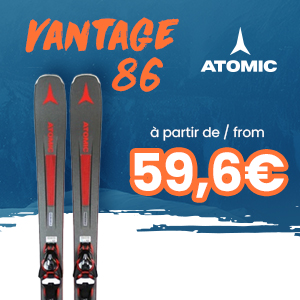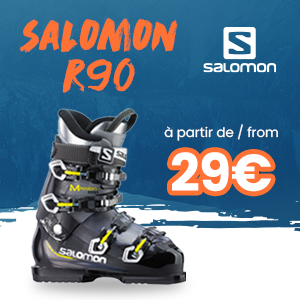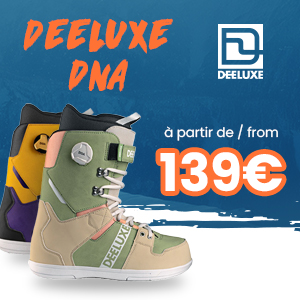
Choosing the right size ski goggles is crucial for both your comfort on the slopes and your safety . A well-fitting pair of goggles provides clear, unobstructed vision, essential for confidently navigating the slopes. They protect your eyes from the elements (sun, wind, snow) while ensuring adequate ventilation to prevent fogging. Furthermore, the correct size ensures perfect compatibility with your helmet, creating a harmonious look that maximizes your protection. Taking the time to select the appropriate size of your ski goggles enhances your skiing experience, ensuring your comfort and safety throughout the day.
Taking the correct measurements to determine your ski mask size
Choosing the right size for your ski goggles is essential to ensure comfort, protection, and an optimal skiing experience. Here's how to navigate the different sizes available and use brand classifications to find the perfect goggles.
The different sizes available
Ski goggles are available in a range of sizes, from small for children to very large for adults with wider faces. Here's a guide to help you choose:
- • Small (S): Perfect for children and adults with narrow faces. These masks ensure a comfortable fit without excessive pressure, ideal for smaller face shapes.
- • Medium (M): The standard size for most adults. It offers an ideal compromise between a wide field of vision and a comfortable fit.
- • Large (L): Designed for adults with a wider face, this size offers more space and an extended field of vision.
For those who shop online and want to determine their size, measuring the distance between the temples is a good starting point. For adults, sizes are as follows:
- • Size S for thin faces , with a distance between the temples of 125 to 129 mm.
- • Size M for average faces , between 130 and 134 mm.
- • Size L for wider faces , from 140 to 145 mm.
Tip: Check the compatibility of the mask with your helmet before purchasing.
For children , sizes are often defined by age group , making the choice simpler for parents.
How brands classify their sizes
Ski goggle brands may use different methods to classify their sizes, ranging from standard categories like S, M, L, XL, to more specific systems based on millimeter measurements or age ranges for children. Some brands also offer customizable adjustments or innovative fitting systems to accommodate a wide range of face shapes and sizes.
Understanding these nuances and accurately measuring the distance between your temples can greatly simplify the process of selecting your ski goggles, especially when buying online. By taking these tips and your personal preferences into account, you'll be well-equipped to find the goggles that offer the best possible comfort and skiing experience.
Frequently asked questions about ski mask sizing
How can I tell if my ski mask is too big?
If the mask slips on your face, leaves a visible gap between the mask and your skin, or if the headband does not stay in place even after adjustment, it is probably too big.
What if my mask is too small?
A mask that is too small can cause uncomfortable pressure around the eyes and face, leave marks after use, or restrict your field of vision.
Does the size of ski goggles vary between brands?
Yes, as with clothing, each brand may have slightly different sizing standards. It's always recommended to consult the brand's specific size guide.
Does the type of helmet I wear influence the choice of my mask size?
Yes, it is important to ensure that your mask and helmet are compatible to avoid gaps between the two and guarantee a comfortable and secure fit.
Finding the perfect mask: the essential guide
- • Measure the distance between your temples to identify the mask size that will best fit your face, choosing from sizes S, M or L depending on the width of your face.
- • Consider compatibility with your ski helmet, ensuring that the mask and helmet fit together perfectly to prevent cold air from entering and fogging.
- • Ensure that the mask offers optimal comfort and a wide field of vision, with soft face foam and a design that allows clear vision in all directions.
- • Consider the specific needs of children and juniors, choosing masks designed to fit their smaller faces and taking into account their growth.
- • Remember that personal comfort and preferences play a significant role in the final choice. What works for one person may not be ideal for another.
Keeping these tips in mind, you will be well-equipped to select a ski mask that will serve you faithfully for many seasons, improving your safety, comfort and, consequently, your enjoyment of skiing.
